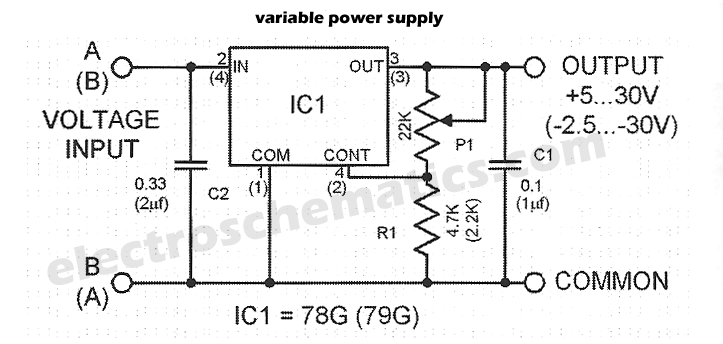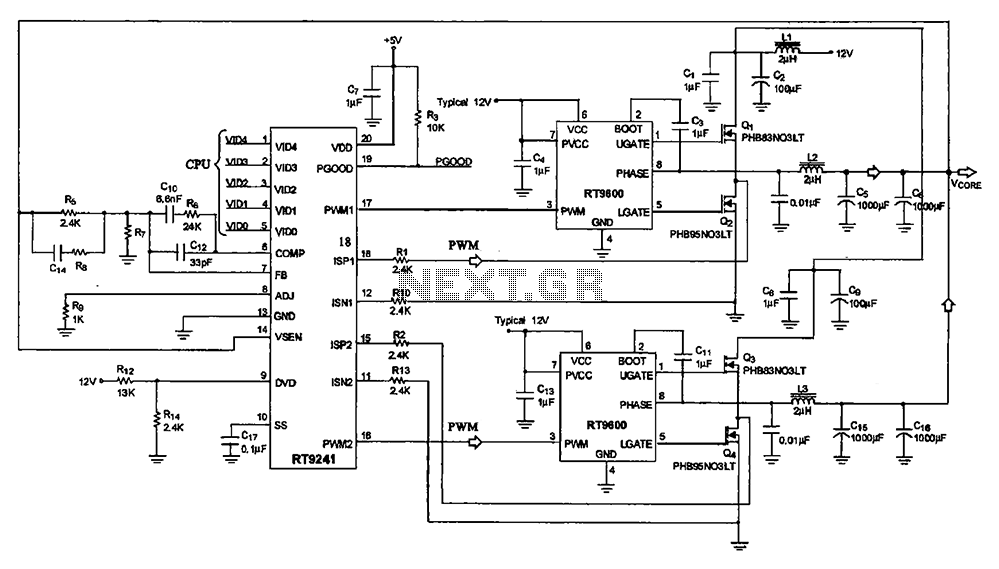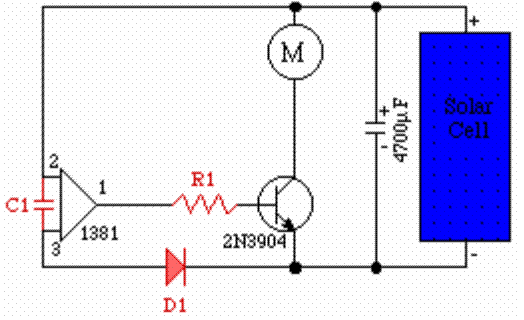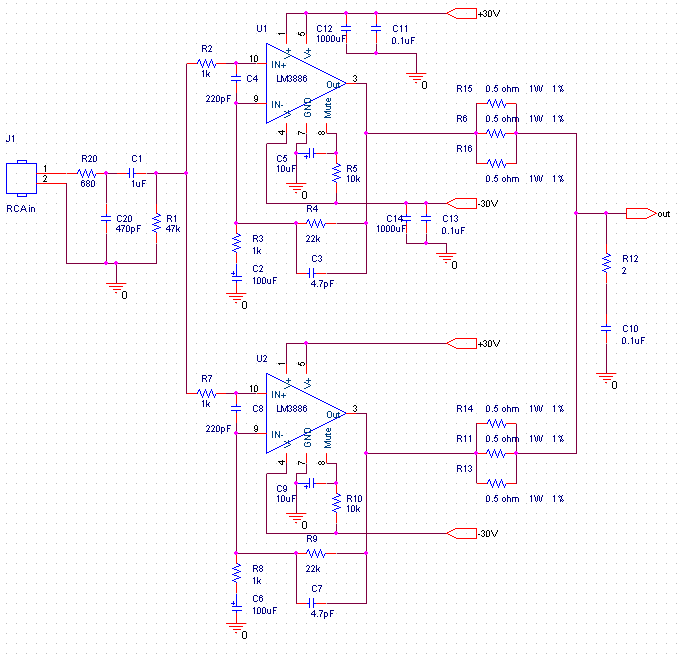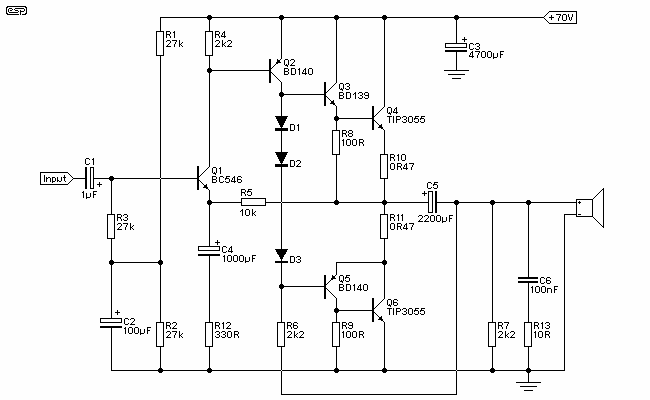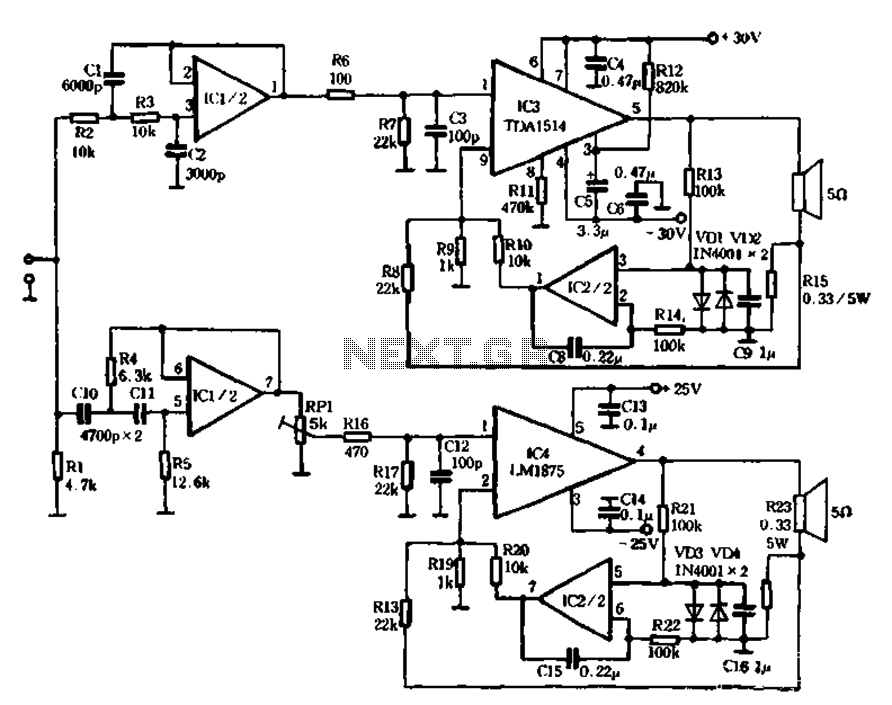
Single-chip TRMS Power Measurement System AD8362 Demodulation
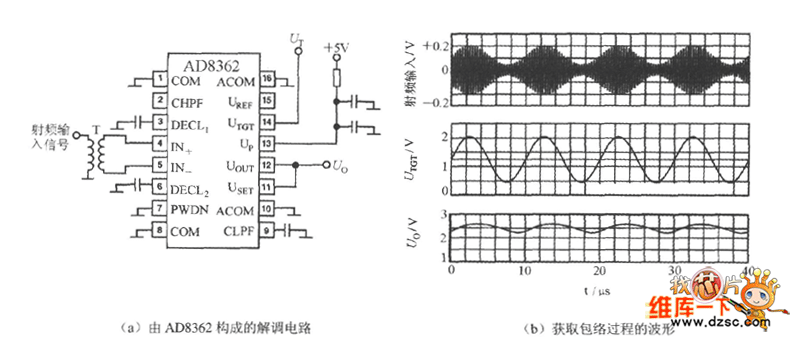
The UTGT side of the AD8362 can be utilized to create a demodulation circuit. It extracts the envelope from the RF amplitude and converts it into a low and mid-frequency signal prior to demodulation. The waveforms associated with the demodulation circuit and the process of envelope extraction are illustrated in Figures (a) and (b) below. It is assumed that the input signal is a modulated 100 kHz sine wave.
The AD8362 is a versatile RF envelope detector and demodulator that operates effectively in various applications, including communication systems and signal processing. The primary function of the UTGT side is to perform envelope detection, which is critical for recovering the original information signal from a modulated carrier wave.
In the demodulation circuit, the input signal, which is a modulated 100 kHz sine wave, is fed into the AD8362. The device employs a combination of analog signal processing techniques to extract the envelope of the RF signal. This involves rectification and low-pass filtering, which allows the circuit to isolate the amplitude variations corresponding to the original modulation.
The output of the demodulation process is a low-frequency signal that mirrors the envelope of the input RF amplitude. This output can be further processed or analyzed in various applications, such as audio signal recovery or data transmission. The waveforms depicted in the provided figures illustrate the relationship between the input RF signal, the detected envelope, and the resulting low-frequency output, highlighting the effectiveness of the AD8362 in demodulation tasks.
Overall, the AD8362's ability to efficiently demodulate RF signals makes it a valuable component in modern electronic designs, particularly in systems where accurate signal recovery is essential. The integration of this functionality into a single chip simplifies the design process and enhances the reliability of the overall system.AD8362`s UTGT side can constitute demodulation circuit. Take the envelope from the RF amplitude and restore it to the low and middle frequency signal before demodulation. The waveforms of the applied demodulation circuit and the process of obtaining envelope are shown in Figure (a), (b) below.
It is assumed that the input signal is modulated 100kHz sine wave.. 🔗 External reference
The AD8362 is a versatile RF envelope detector and demodulator that operates effectively in various applications, including communication systems and signal processing. The primary function of the UTGT side is to perform envelope detection, which is critical for recovering the original information signal from a modulated carrier wave.
In the demodulation circuit, the input signal, which is a modulated 100 kHz sine wave, is fed into the AD8362. The device employs a combination of analog signal processing techniques to extract the envelope of the RF signal. This involves rectification and low-pass filtering, which allows the circuit to isolate the amplitude variations corresponding to the original modulation.
The output of the demodulation process is a low-frequency signal that mirrors the envelope of the input RF amplitude. This output can be further processed or analyzed in various applications, such as audio signal recovery or data transmission. The waveforms depicted in the provided figures illustrate the relationship between the input RF signal, the detected envelope, and the resulting low-frequency output, highlighting the effectiveness of the AD8362 in demodulation tasks.
Overall, the AD8362's ability to efficiently demodulate RF signals makes it a valuable component in modern electronic designs, particularly in systems where accurate signal recovery is essential. The integration of this functionality into a single chip simplifies the design process and enhances the reliability of the overall system.AD8362`s UTGT side can constitute demodulation circuit. Take the envelope from the RF amplitude and restore it to the low and middle frequency signal before demodulation. The waveforms of the applied demodulation circuit and the process of obtaining envelope are shown in Figure (a), (b) below.
It is assumed that the input signal is modulated 100kHz sine wave.. 🔗 External reference
